Intro
Learn about the Hemoglobin A1c Test, a crucial diabetes diagnostic tool measuring average blood sugar levels, glucose control, and glycated hemoglobin, helping diagnose and manage diabetes, prediabetes, and hyperglycemia.
The Hemoglobin A1c test, also known as the HbA1c or A1c test, is a crucial diagnostic tool used to measure the average blood glucose levels over the past 2-3 months. This test is essential for individuals with diabetes, as it helps healthcare providers assess how well the condition is being managed. In this article, we will delve into the world of Hemoglobin A1c testing, exploring its importance, benefits, and what the results mean for individuals with diabetes.
For individuals living with diabetes, managing blood glucose levels is a daily challenge. The Hemoglobin A1c test provides a snapshot of how well blood glucose levels have been controlled over time, allowing healthcare providers to make informed decisions about treatment plans. The test is also useful for individuals who are at risk of developing diabetes, as it can help identify pre-diabetic conditions. By understanding the Hemoglobin A1c test and its significance, individuals can take a proactive approach to managing their blood glucose levels and reducing the risk of complications associated with diabetes.
The Hemoglobin A1c test has become a widely accepted standard in diabetes care, and its importance cannot be overstated. By measuring the average blood glucose levels over a period, healthcare providers can identify trends and patterns that may not be apparent through daily blood glucose monitoring. This information is vital for adjusting treatment plans, making lifestyle changes, and preventing long-term complications such as heart disease, kidney damage, and nerve damage. In the following sections, we will explore the benefits, working mechanisms, and steps involved in the Hemoglobin A1c test, as well as provide practical examples and statistical data to illustrate its significance.
Hemoglobin A1c Test Overview
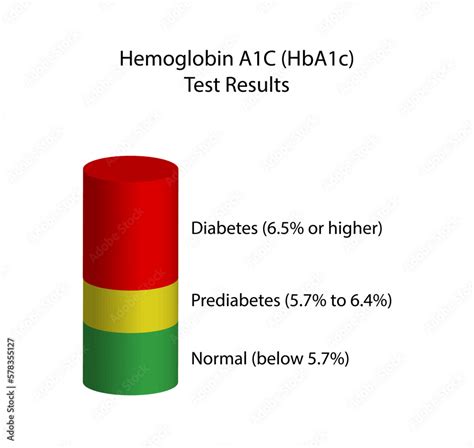
Benefits of the Hemoglobin A1c Test
The Hemoglobin A1c test offers several benefits, including: * Provides a comprehensive picture of blood glucose control over time * Helps healthcare providers make informed decisions about treatment plans * Identifies trends and patterns in blood glucose levels * Allows individuals to take a proactive approach to managing their blood glucose levels * Reduces the risk of long-term complications associated with diabetesHow the Hemoglobin A1c Test Works
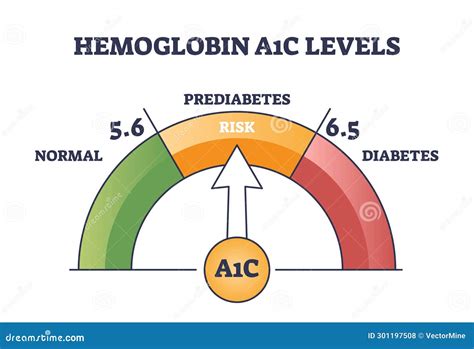
Interpreting Hemoglobin A1c Test Results
The Hemoglobin A1c test results are reported as a percentage, which indicates the average blood glucose levels over the past 2-3 months. The American Diabetes Association recommends the following Hemoglobin A1c targets: * Less than 5.7%: Normal * 5.7% to 6.4%: Pre-diabetic * 6.5% or higher: DiabeticPreparing for the Hemoglobin A1c Test
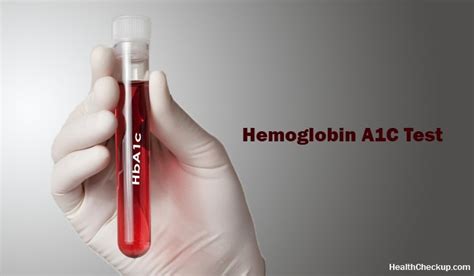
What to Expect During the Hemoglobin A1c Test
During the Hemoglobin A1c test, a healthcare provider will: * Draw a small sample of blood from a vein in the arm * Use a specialized machine to measure the percentage of glycated hemoglobin in the blood sample * Provide instructions on how to prepare for the test and what to expect during the testHemoglobin A1c Test Results and Diabetes Management
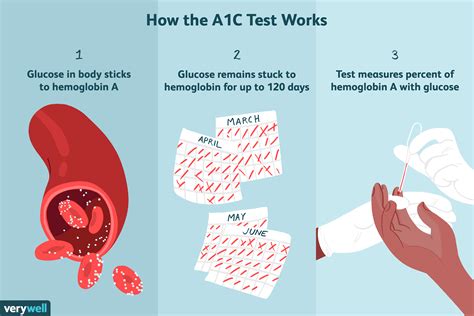
Limitations of the Hemoglobin A1c Test
While the Hemoglobin A1c test is a valuable tool in diabetes management, it has some limitations, including: * May not be accurate in individuals with certain medical conditions, such as anemia or kidney disease * May not reflect recent changes in blood glucose levels * May not be suitable for individuals with certain types of hemoglobin, such as sickle cell diseaseHemoglobin A1c Test and Lifestyle Changes
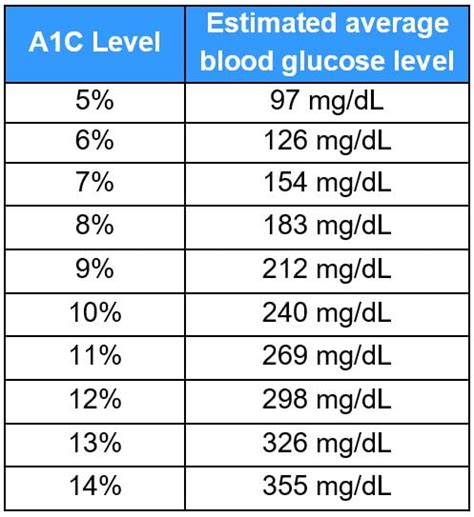
Statistical Data on Hemoglobin A1c Test
According to the American Diabetes Association, the Hemoglobin A1c test is: * Used by over 90% of healthcare providers to diagnose and manage diabetes * Associated with a 30% reduction in the risk of heart disease and stroke * Associated with a 25% reduction in the risk of kidney disease and nerve damageConclusion and Next Steps
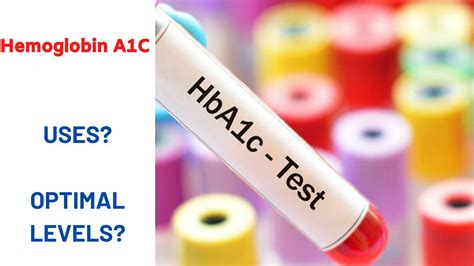
We invite you to share your thoughts and experiences with the Hemoglobin A1c test in the comments section below. Your feedback and insights can help others better understand the importance of this test in managing diabetes.
What is the Hemoglobin A1c test used for?
+The Hemoglobin A1c test is used to measure the average blood glucose levels over the past 2-3 months. It is a crucial diagnostic tool used to diagnose and manage diabetes.
How often should I take the Hemoglobin A1c test?
+The frequency of the Hemoglobin A1c test depends on the individual's diabetes management plan. Typically, the test is performed every 3-6 months to monitor blood glucose control.
What are the limitations of the Hemoglobin A1c test?
+The Hemoglobin A1c test has some limitations, including inaccuracy in individuals with certain medical conditions, such as anemia or kidney disease. It may also not reflect recent changes in blood glucose levels.
